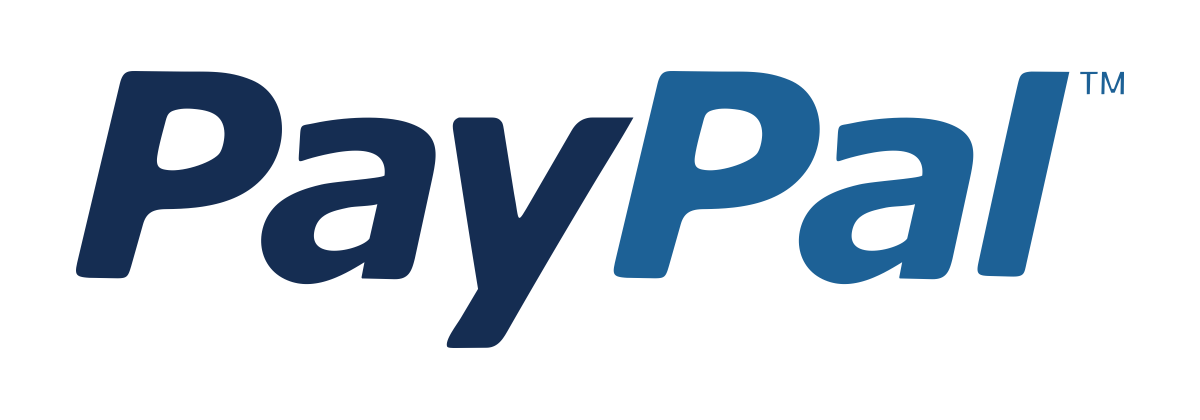vLLM
Master vLLM to deploy LLMs with production-grade speed using PagedAttention, continuous batching, and optimized serving pipelines across cloud and ent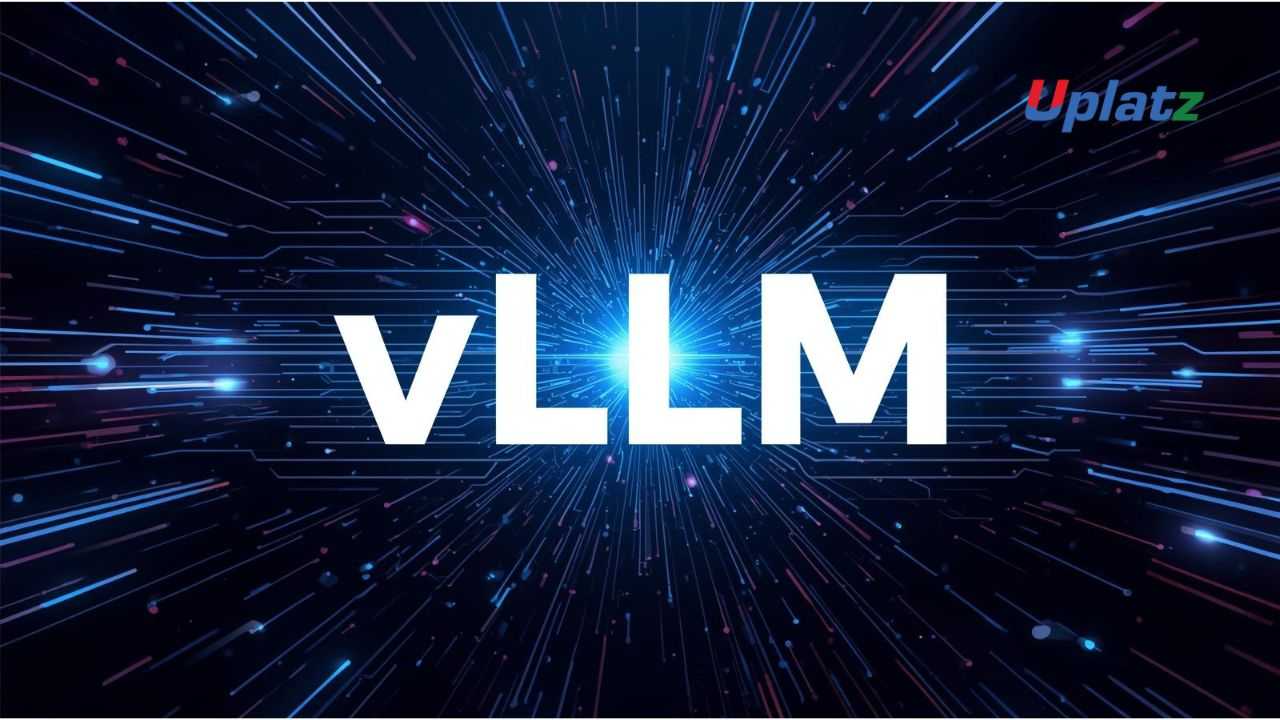 Price Match Guarantee
Full Lifetime Access
Access on any Device
Technical Support
Secure Checkout
Course Completion Certificate
Price Match Guarantee
Full Lifetime Access
Access on any Device
Technical Support
Secure Checkout
Course Completion Certificate
 97% Started a new career
BUY THIS COURSE (
97% Started a new career
BUY THIS COURSE (GBP 12 GBP 29 )-
 86% Got a pay increase and promotion
86% Got a pay increase and promotion
Students also bought -
-
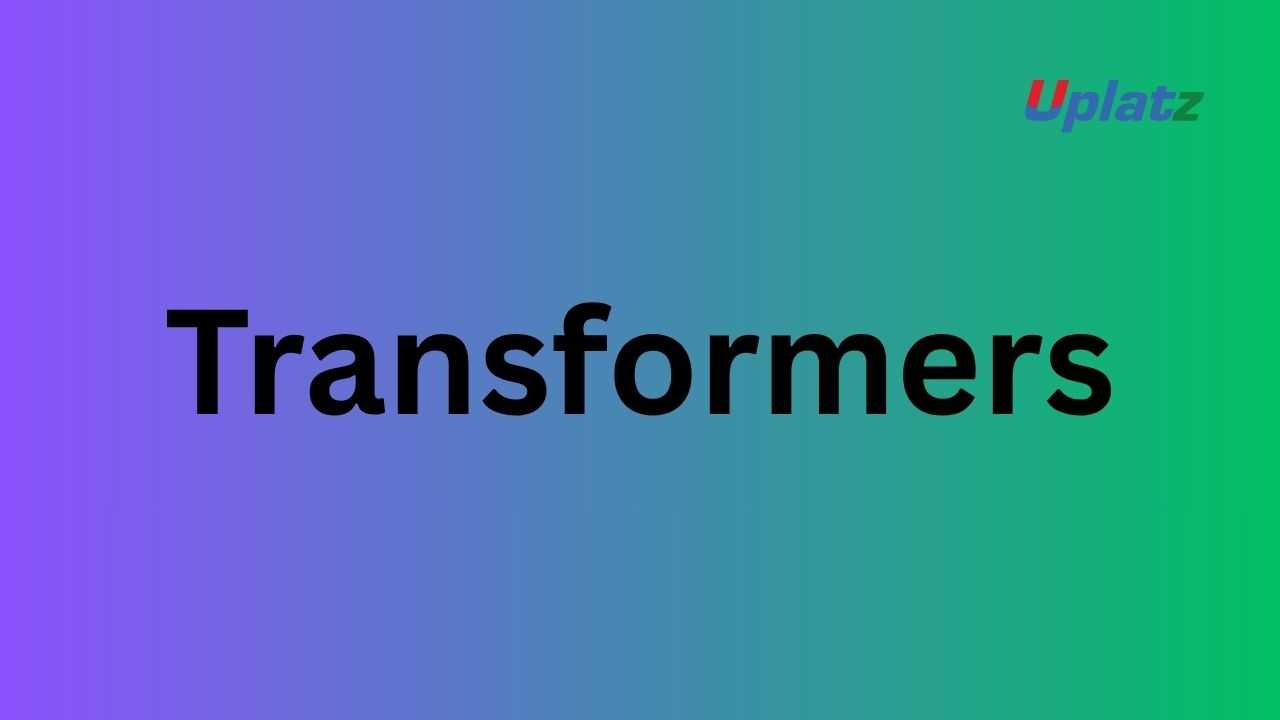
- Transformers
- 10 Hours
- GBP 12
- 10 Learners
-
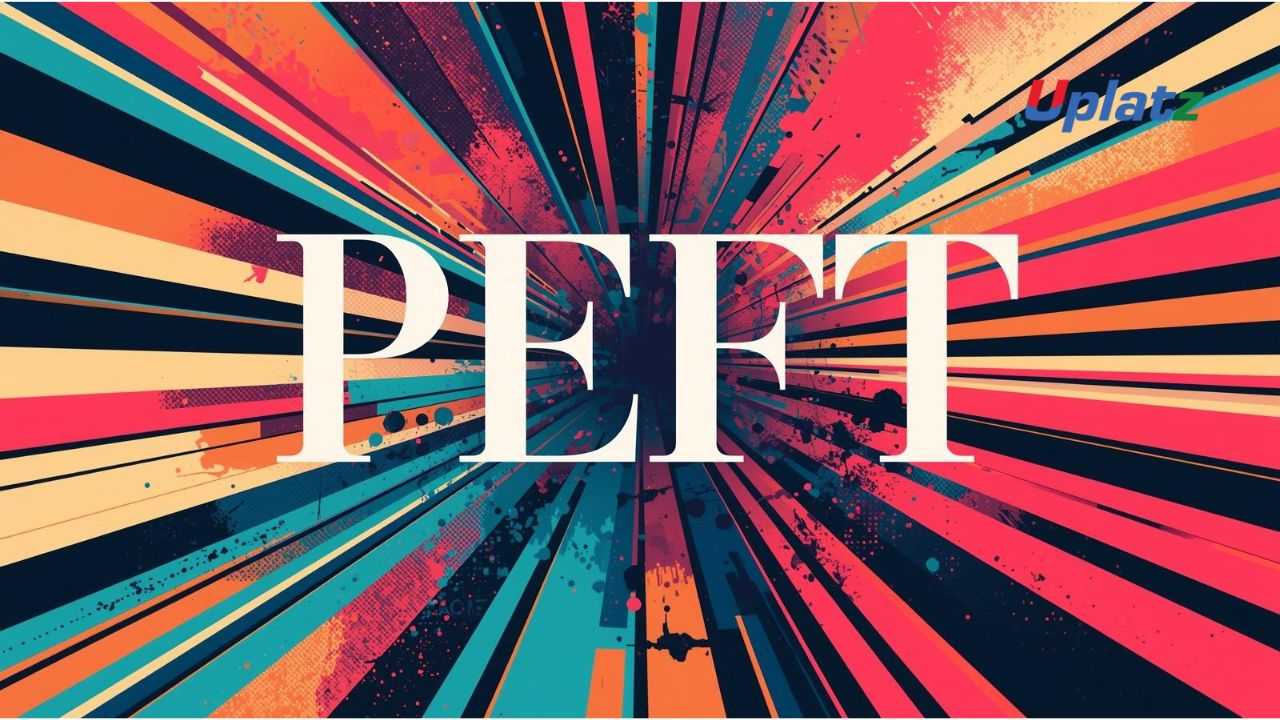
- PEFT
- 10 Hours
- GBP 12
- 10 Learners
-

- DeepSpeed
- 10 Hours
- GBP 12
- 10 Learners
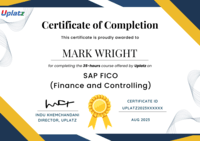
As large language models continue to power search engines, chatbots, enterprise assistants, and AI-driven applications, one of the biggest challenges organizations face is deploying LLMs efficiently at scale. Traditional inference pipelines often suffer from slow response times, high latency, excessive memory usage, and inability to handle high request loads. These bottlenecks make LLM deployment costly and difficult to maintain.
vLLM, an open-source inference engine developed by researchers at UC Berkeley, revolutionizes LLM deployment by introducing state-of-the-art memory management, dynamic batching, and optimized attention algorithms. vLLM enables developers to serve models like Llama, Mistral, Phi-3, Gemma, Qwen, GPT-like architectures, and custom fine-tuned models with up to 24× higher throughput while maintaining strong accuracy and low latency.
The vLLM course by Uplatz provides a complete, practical learning path to understanding, configuring, and deploying large language models using vLLM. You will explore how vLLM handles memory, manages token generation, accelerates inference, integrates with Python serving frameworks, and supports production-grade deployments in real-world AI systems.
This course combines deep concepts, hands-on labs, optimization strategies, and deployment workflows so you can reliably serve LLMs across cloud, enterprise, and edge environments.
🔍 What Is vLLM?
vLLM is a high-performance inference and serving engine designed to make large language model deployment faster, cheaper, and more scalable. It is built around PagedAttention, a breakthrough algorithm that manages attention key-value (KV) caches in a way that dramatically reduces memory waste while increasing throughput.
Key features include:
-
PagedAttention for efficient KV-cache management
-
Continuous batching for high request throughput
-
Tensor-parallel inference
-
Quantization support (FP8, INT8, INT4)
-
OpenAI-compatible API server
-
Direct integration with Hugging Face models
-
Optimized memory fragmentation handling
-
Multi-GPU and multi-node support
vLLM is now one of the most widely used serving engines powering modern enterprise LLM applications.
⚙️ How vLLM Works
vLLM’s efficiency comes from several innovations explained in detail in this course:
1. PagedAttention
A novel approach to managing KV caches by dividing them into blocks ("pages").
Benefits include:
-
Near-zero memory fragmentation
-
Efficient GPU memory utilization
-
Ability to serve many simultaneous requests
-
Stable performance even for long contexts
2. Continuous Batching
vLLM dynamically batches incoming requests in real time.
This greatly increases throughput because:
-
New requests join running batches
-
Batching overhead is minimized
-
GPUs are kept at maximum utilization
3. Optimized Parallelism
vLLM supports:
-
Tensor parallelism
-
Pipeline parallelism
-
Multi-GPU scaling
4. Quantization Support
vLLM enables low-precision inference using:
-
FP16
-
BF16
-
FP8
-
INT8
-
INT4
Quantization drastically reduces memory and boosts throughput.
5. Plug-and-Play Deployment
vLLM offers:
-
Python API
-
OpenAI-compatible server
-
FastAPI integration
-
Kubernetes & Docker deployment
-
Hugging Face model compatibility
This allows seamless adoption in production pipelines.
🏭 Where vLLM Is Used in Industry
Because vLLM enables high-speed, scalable inference, it is widely used across:
1. AI Startups
Building fast, responsive chatbots and assistants.
2. Cloud Providers
Scaling multi-tenant inference endpoints.
3. FinTech & Banking
Processing document intelligence and secure conversational models.
4. Healthcare
Running medical LLMs efficiently within compute-limited settings.
5. E-commerce
Real-time personalisation, product QA systems.
6. Enterprise Productivity Tools
Search assistants, internal knowledge bots, RAG systems.
7. Large-Scale SaaS Apps
Supporting high request volumes with consistent response times.
vLLM provides the infrastructure backbone for modern AI products requiring predictable speed, low latency, and high throughput.
🌟 Benefits of Learning vLLM
Learners gain:
-
Mastery of one of the fastest LLM inference engines
-
Ability to deploy LLMs at scale using production-grade tools
-
Experience tuning throughput, latency, batching, and memory
-
Hands-on skills for OpenAI-compatible API deployment
-
Expertise in cloud deployment (AWS, GCP, Azure)
-
Knowledge of quantization, parallelism & GPU optimization
-
A competitive skillset sought by AI infrastructure teams
vLLM is now essential learning for AI engineers building reliable, scalable LLM systems.
📘 What You’ll Learn in This Course
You will explore:
-
The architecture behind vLLM
-
Loading LLMs with vLLM from Hugging Face
-
PagedAttention and continuous batching
-
Speed/throughput/memory optimization
-
Quantization (INT4/INT8/FP8)
-
Python APIs and OpenAI-compatible endpoints
-
FastAPI + vLLM serving architecture
-
Multi-GPU scaling with tensor parallelism
-
Deploying vLLM on Docker, Kubernetes, and cloud
-
Integrating vLLM into RAG pipelines
-
Capstone: Build a complete LLM API service with vLLM
🧠 How to Use This Course Effectively
-
Start by deploying a small LLM with vLLM on your system
-
Experiment with batching and generation parameters
-
Practice deploying a FastAPI endpoint
-
Apply quantization for optimization
-
Test multi-GPU scaling (if available)
-
Integrate vLLM with your RAG project
-
Build your final capstone deployment
👩💻 Who Should Take This Course
Ideal for:
-
Machine Learning Engineers
-
AI Infrastructure Engineers
-
Backend Engineers working with LLM APIs
-
NLP & LLM Developers
-
Applied AI Researchers
-
Cloud AI Engineers
-
Anyone building AI-powered products
🚀 Final Takeaway
vLLM is transforming how companies deploy large language models by making inference fast, memory-efficient, scalable, and economical. By mastering vLLM, learners gain the skillset needed to build high-performance AI applications, enterprise chat systems, RAG engines, and large-scale LLM inference pipelines that are ready for real-world production.
By the end of this course, learners will:
-
Understand vLLM architecture and its performance innovations
-
Serve LLMs using the vLLM engine
-
Implement PagedAttention and continuous batching
-
Deploy OpenAI-style API endpoints with vLLM
-
Apply quantization and GPU optimizations
-
Use vLLM in RAG, chatbot, and search systems
-
Deploy vLLM in cloud and Kubernetes environments
-
Build a production-grade LLM inference server
Course Syllabus
Module 1: Introduction to vLLM
-
Why traditional inference is slow
-
Overview of vLLM capabilities
Module 2: Understanding PagedAttention
-
KV cache optimization
-
Memory paging mechanism
Module 3: Continuous Batching
-
Dynamic request batching
-
Throughput optimization
Module 4: Loading Models in vLLM
-
Hugging Face integration
-
Text generation workflows
Module 5: Optimization Techniques
-
Quantization (FP8, INT8, 4-bit)
-
Tensor & pipeline parallelism
Module 6: Deploying vLLM Endpoints
-
OpenAI-compatible server
-
Python API usage
-
FastAPI integration
Module 7: Scaling Inference
-
Multi-GPU inference
-
Kubernetes deployment
Module 8: vLLM for RAG Pipelines
-
Embeddings
-
Vector search integration
-
Knowledge-grounded QA
Module 9: Monitoring & Observability
-
Throughput
-
Latency
-
GPU utilization
Module 10: Capstone Project
-
Build & deploy a full LLM inference server using vLLM
Learners will receive a Uplatz Certificate in vLLM & High-Performance AI Serving, validating expertise in building and optimizing enterprise-grade LLM inference systems.
This course prepares learners for roles such as:
-
AI Infrastructure Engineer
-
LLM Backend Engineer
-
Machine Learning Engineer
-
NLP Platform Engineer
-
AI DevOps / MLOps Engineer
-
Distributed Systems Engineer
-
Enterprise AI Solutions Architect
1. What is vLLM?
A fast and memory-efficient LLM inference engine built with PagedAttention.
2. What is PagedAttention?
A KV-cache paging system that reduces memory fragmentation and improves throughput.
3. What is continuous batching?
A technique allowing new inference requests to dynamically join existing batches.
4. Does vLLM support quantization?
Yes — supports FP16, BF16, FP8, INT8, and INT4.
5. Which models can vLLM run?
Llama, Mistral, Gemma, Phi-3, Qwen, GPT-like models, and custom fine-tuned LLMs.
6. How do you deploy vLLM as an API server?
Using its built-in OpenAI-compatible server or FastAPI integration.
7. Can vLLM run on multiple GPUs?
Yes — supports tensor and pipeline parallelism.
8. What problem does vLLM solve?
Slow, memory-heavy LLM inference in production.
9. How does vLLM integrate with Hugging Face?
You can load models directly with from vllm import LLM.
10. Where is vLLM used?
Chatbots, RAG systems, enterprise AI APIs, cloud inference endpoints.







